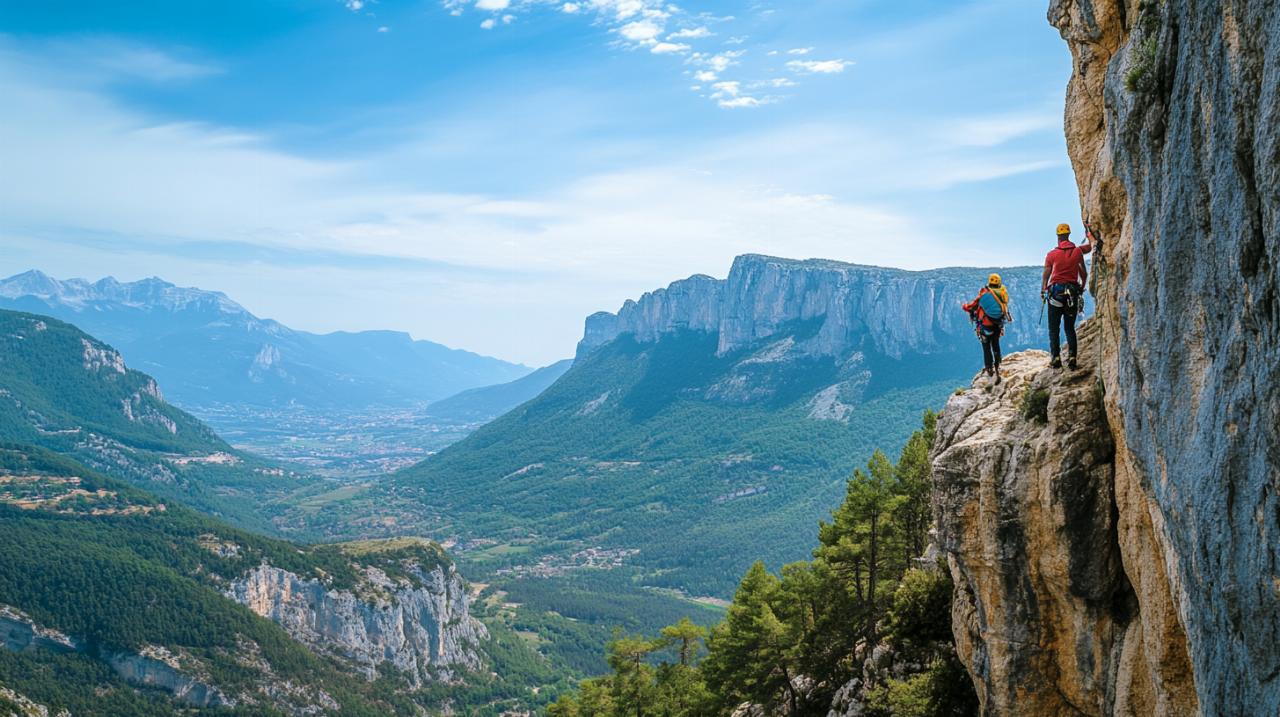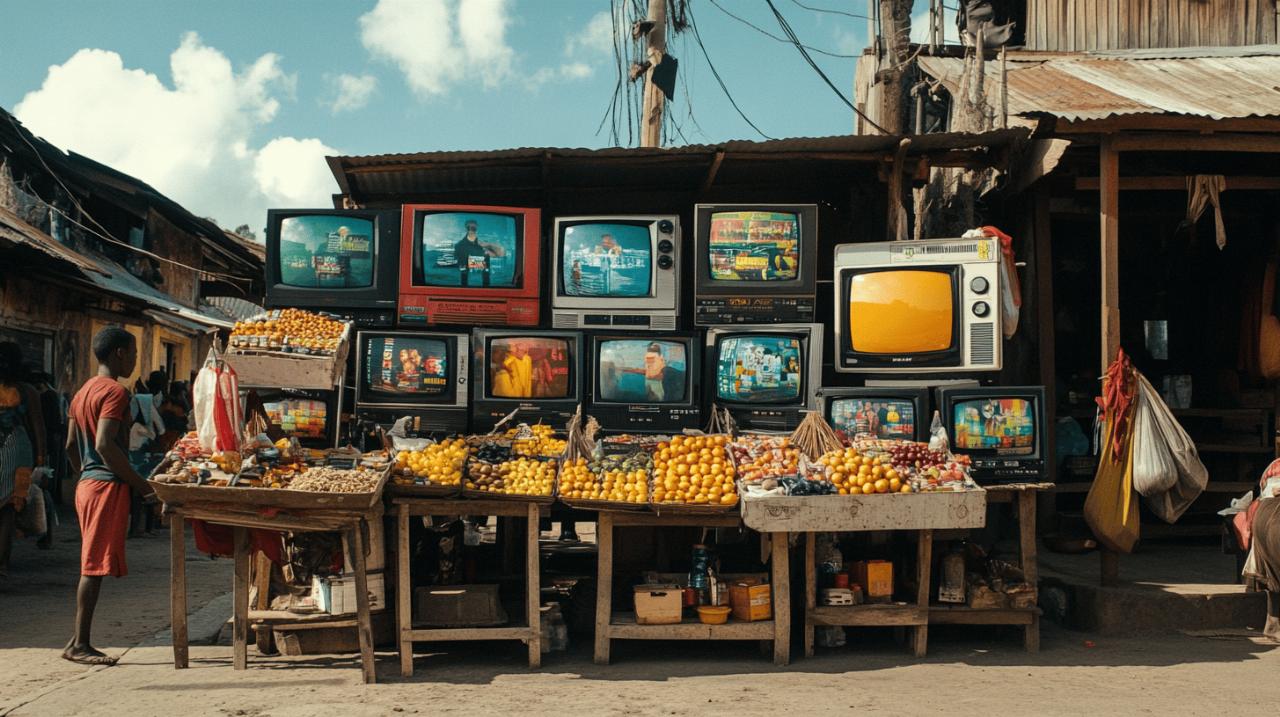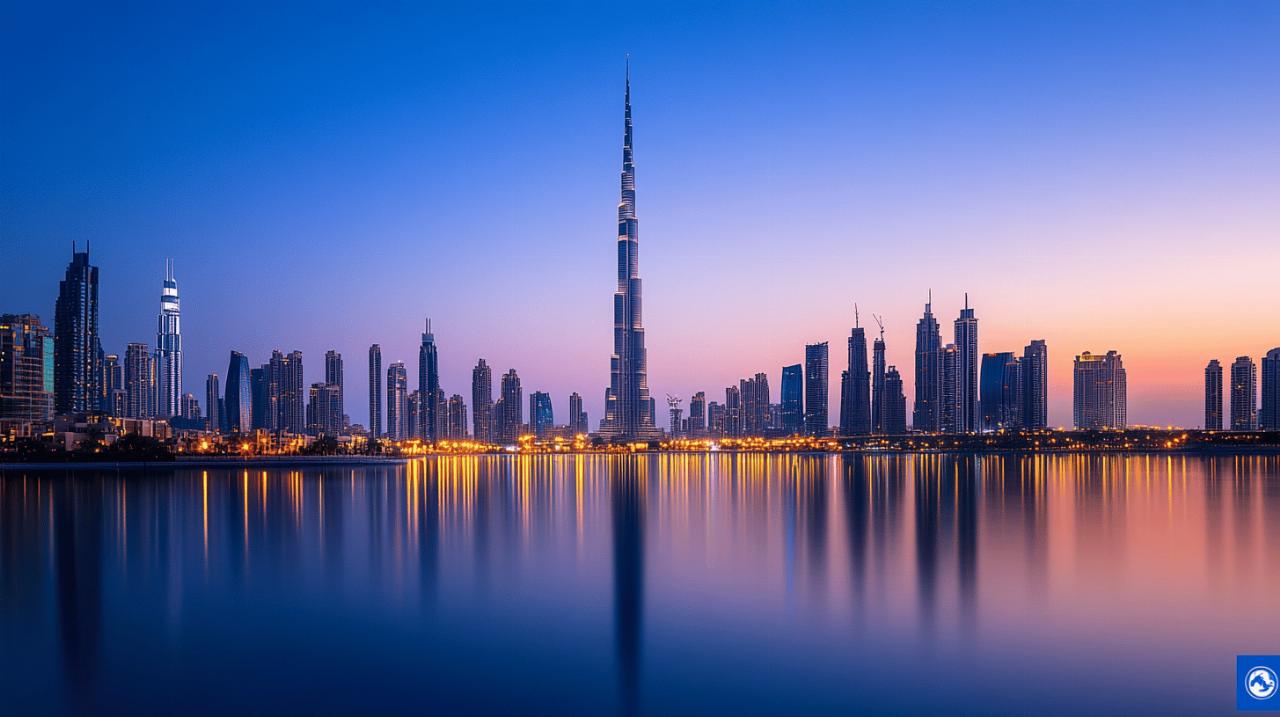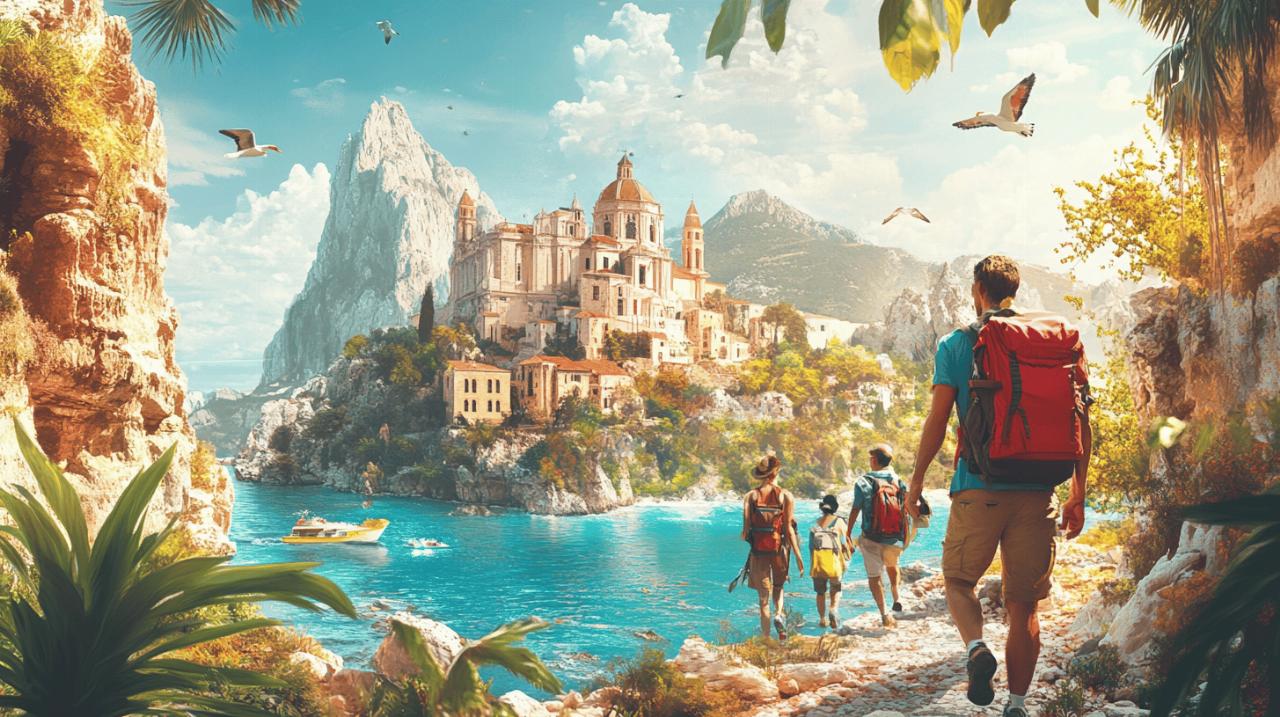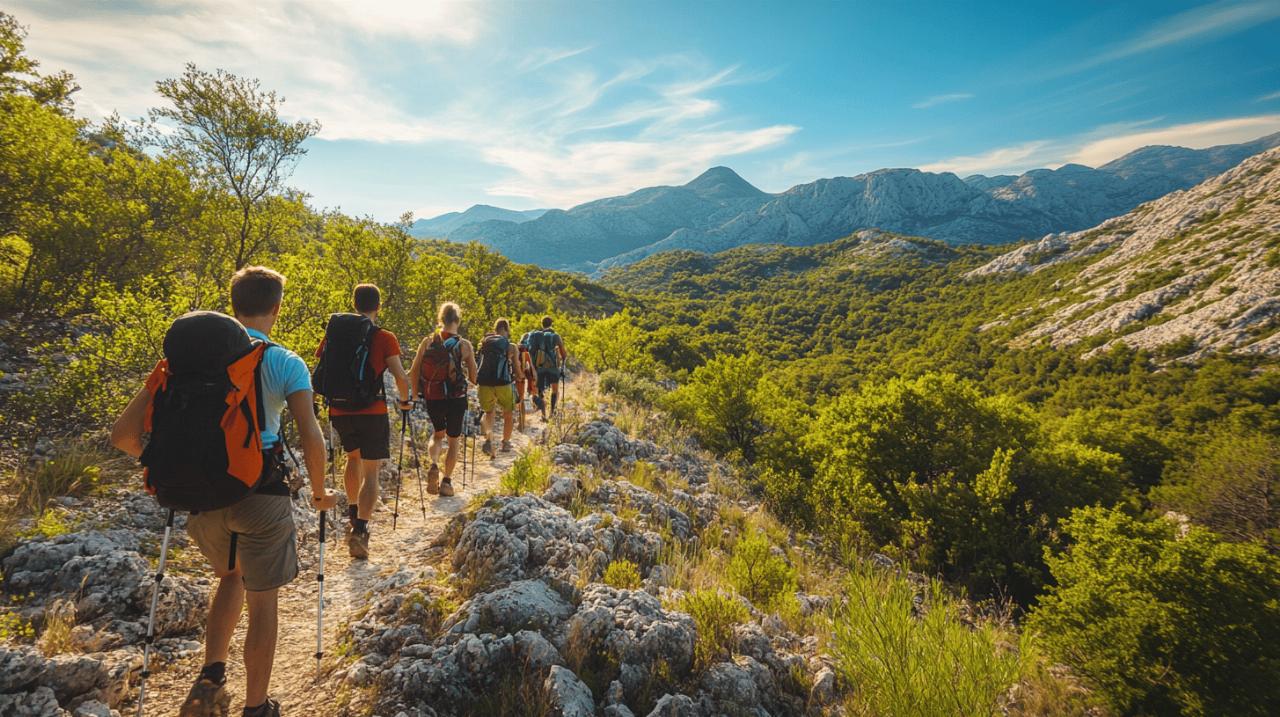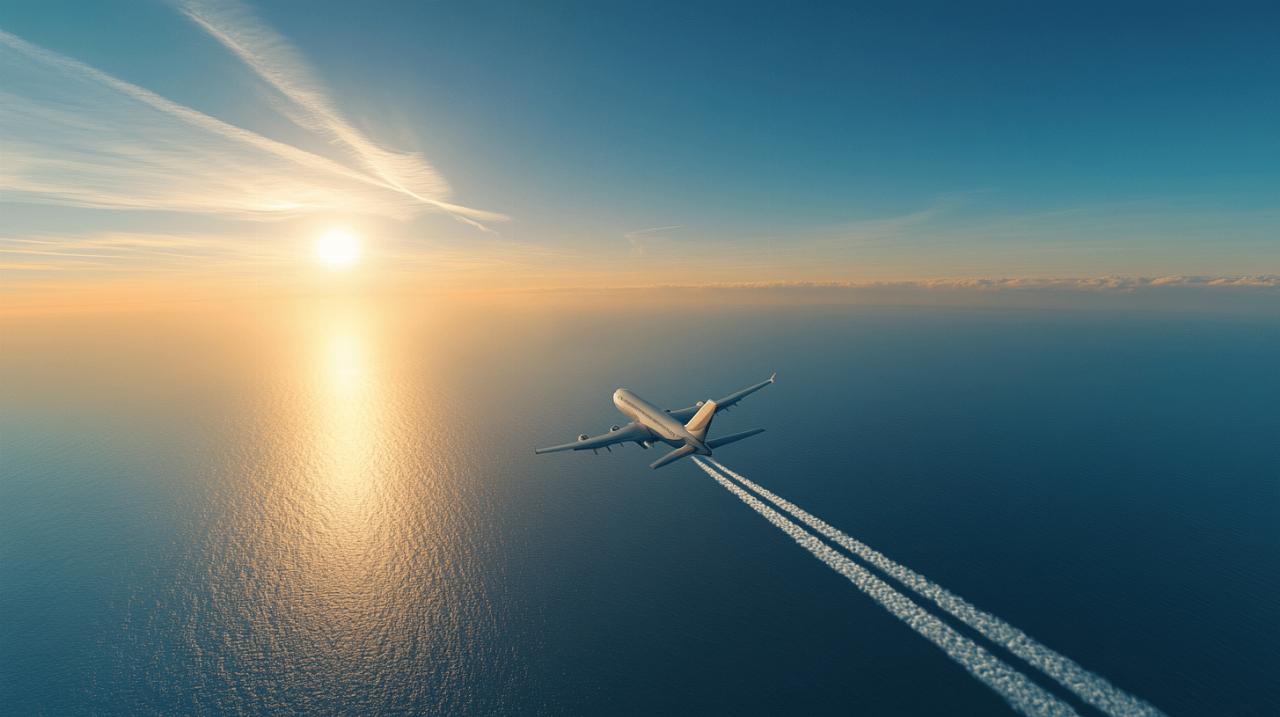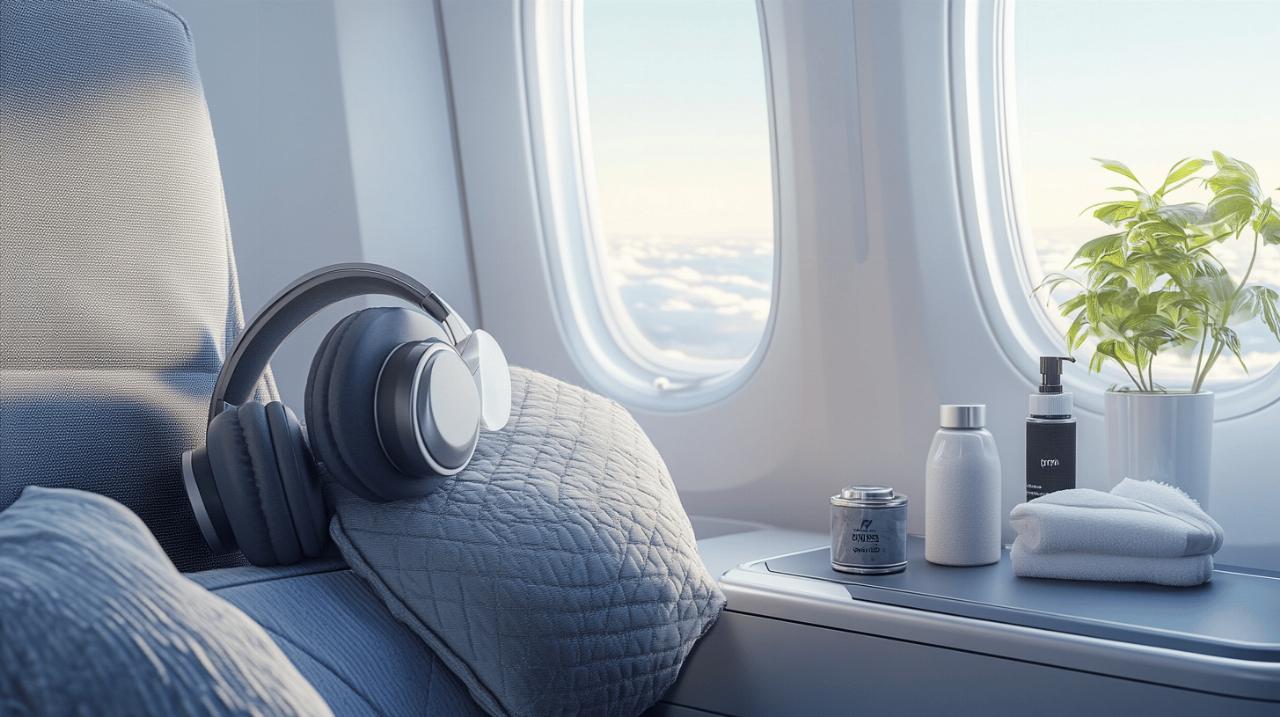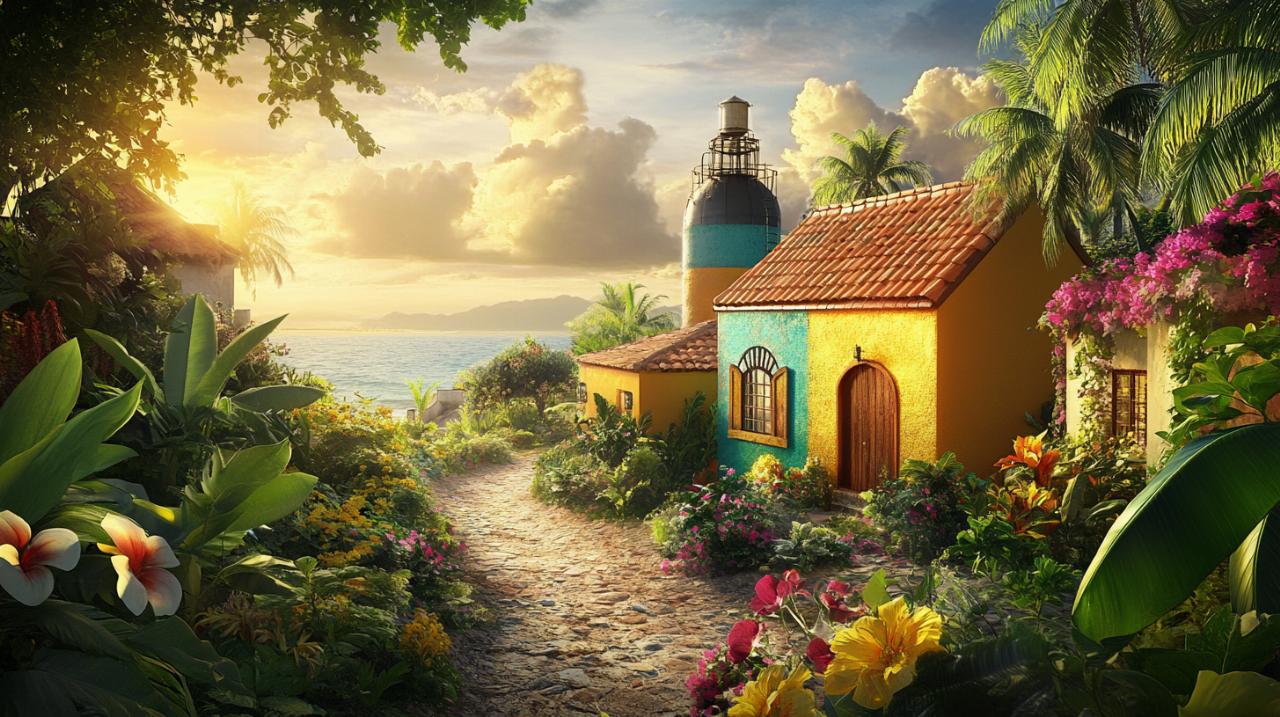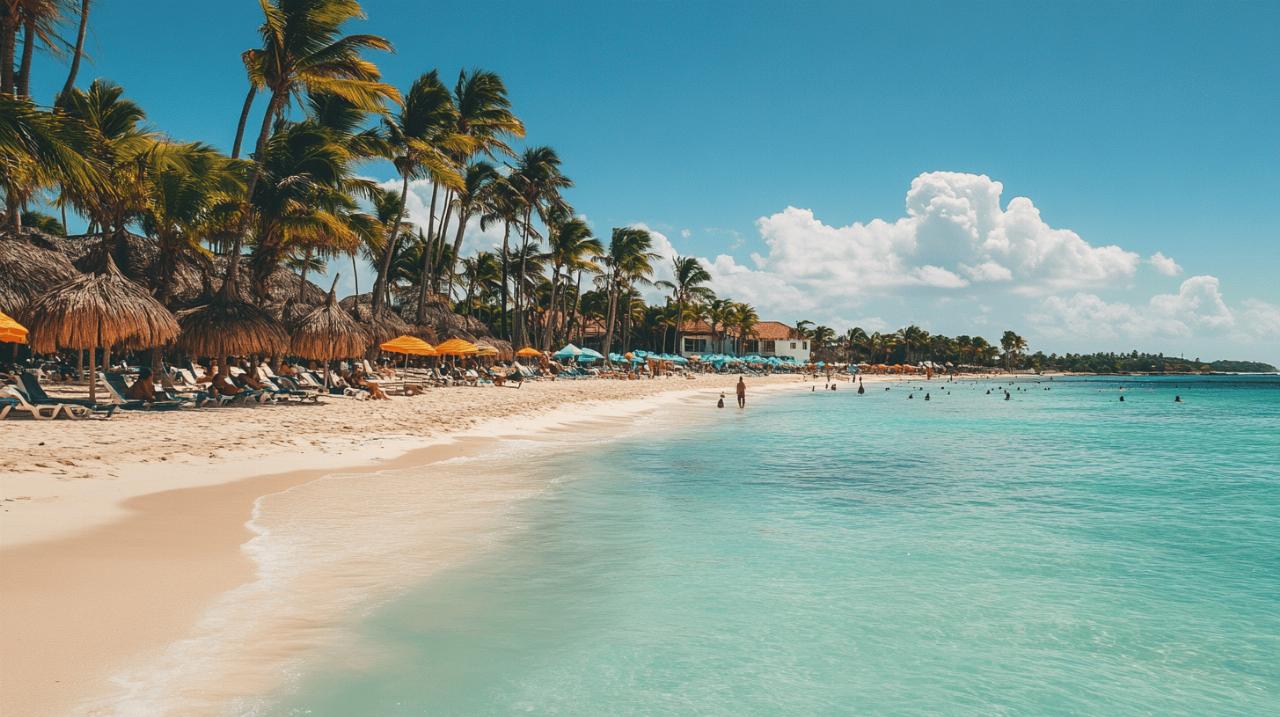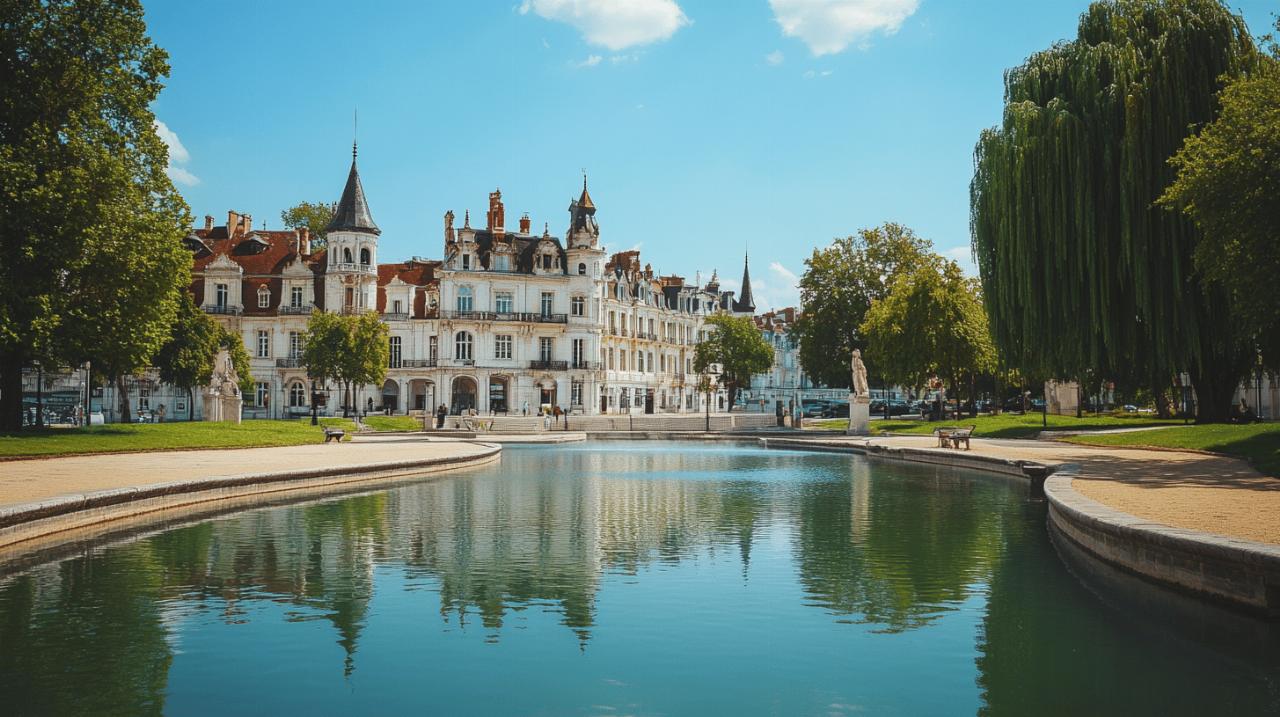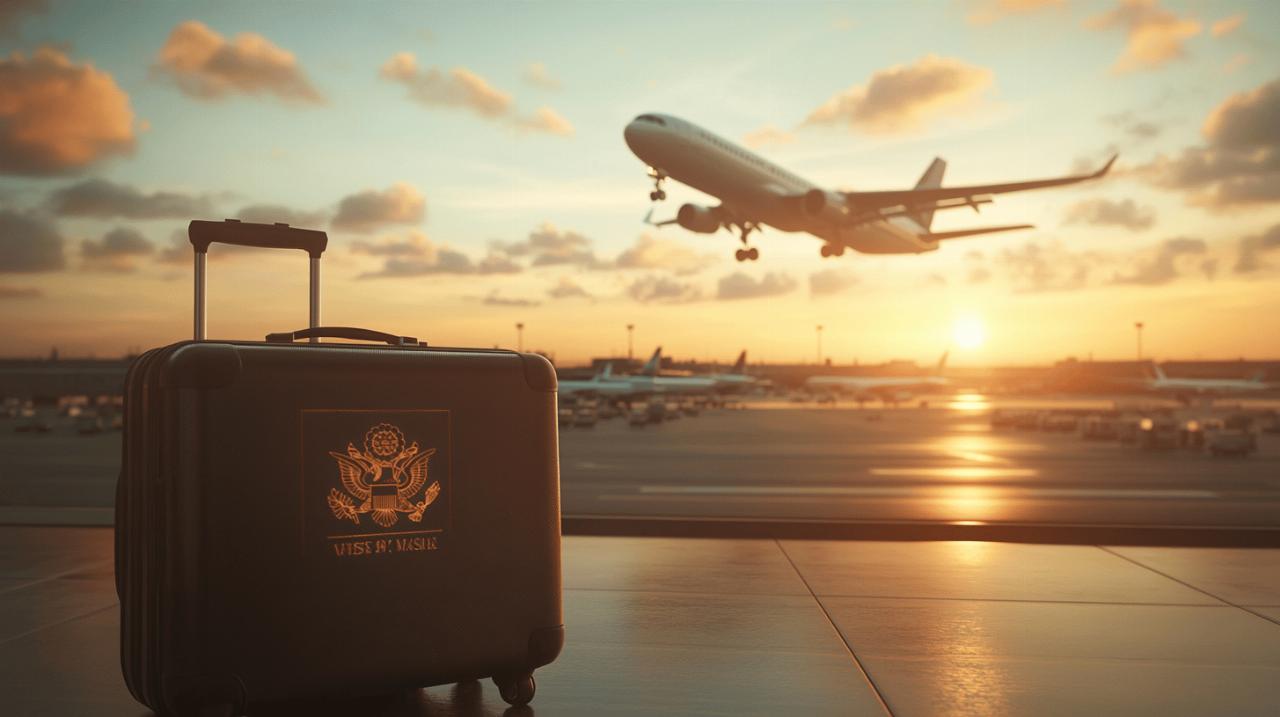Safety equipment: your first line of defence
When tackling the exhilarating Curalla Via Ferrata in Passy, your safety equipment isn't just recommended—it's absolutely essential. This iron path (the literal translation of 'via ferrata') demands proper gear to ensure you can enjoy those magnificent Mont Blanc panoramas with confidence. Unlike regular hiking, via ferrata routes involve vertical sections, traverses, and exposed passages that require specialized equipment to navigate safely.
Quality Harnesses and Lanyards for the Exposed Sections
The foundation of your via ferrata safety system begins with a proper climbing harness. Standard harnesses are widely available in mountain sports shops and come in various sizes from XS to XL, with XXL options for larger climbers. For families sharing equipment, universal size harnesses offer flexibility, though they may compromise slightly on comfort. Your harness must be paired with a specialized via ferrata lanyard—a Y-shaped set with two carabiners connected to a shock absorber that meets EN 958:2017 safety standards. These lanyards, ranging from €70 to €170, are your crucial link to the steel cables that line the route. Modern sets feature fast carabiners for easier handling and mechanical switches that prevent slings from tangling—particularly valuable when navigating the challenging sections of Curalla with its vertical climbs and exposed traverses. For additional security on particularly tricky passages, consider carrying a third carabiner which can be used for resting during the multi-hour adventure.
Helmets and Protection Gear for Rock Fall Hazards
A climbing helmet conforming to EN 12492 standards is non-negotiable when climbing any via ferrata, especially one like Curalla where rock fall hazards exist. Standard helmets with rigid plastic shells offer excellent durability and protection, while soft impact helmets similar to bicycle helmets provide superior shock absorption but might not withstand multiple impacts. Your hands also need protection from the steel cables that you'll be gripping throughout the route. Well-fitted gloves are crucial—too loose and they'll compromise your grip; too tight and they'll restrict movement. Both leather and synthetic gloves with Kevlar reinforcement work well, allowing you to maintain secure contact with the metal infrastructure without suffering abrasions or burns. Remember that the Curalla via ferrata features several challenging sections including a daring pont de singe (monkey bridge), where confident and protected handling of the cables becomes particularly important.
Footwear and clothing: comfort meets practicality
The varying terrain of Curalla demands thoughtful consideration of your footwear and clothing choices. From rocky approaches to vertical climbs, your gear needs to accommodate different movements while protecting you from the changeable alpine weather conditions typical around Mont Blanc.
Grippy Approach Shoes vs Climbing Boots for Varied Terrain
Your choice of footwear can significantly impact your experience on the Curalla via ferrata. Light trekking or approach shoes with sticky rubber soles provide excellent grip on the rocky sections and metal rungs while offering the flexibility needed for precise foot placements. These are ideal for the dry summer conditions often found at Curalla. However, if you're attempting the route earlier or later in the season when snow patches might be present, consider more substantial mountain boots. Some manufacturers even offer specialized 'via ferrata boots' that combine the grip of approach shoes with additional ankle support—a hybrid option particularly well-suited to longer routes like Curalla. Whatever your choice, ensure your footwear has stiff soles for standing on iron rungs and enough comfort for the approach hike and descent. The terrain around Passy demands footwear that can handle both the technical climbing sections and the walking portions between features.
Layering strategies for changeable alpine weather
The weather around Mont Blanc can change rapidly, making a thoughtful clothing system essential for your Curalla adventure. Start with moisture-wicking base layers that keep sweat away from your skin—crucial during the more strenuous vertical sections. Add insulating mid-layers that can be easily removed as you warm up during the climb. A lightweight, packable waterproof jacket is essential protection against unexpected rain or wind, particularly important given that the Curalla route takes several hours to complete and abandoning it mid-way could be challenging. Comfortable, stretchy trousers designed for climbing or hiking allow the range of movement needed for high steps and stretches across the route's varied challenges. Avoid cotton clothing which becomes heavy and cold when wet. Remember that even on sunny days, the exposed nature of via ferrata routes means wind chill can be significant, especially when you stop moving at belay points or rest areas. The ability to adjust your layers throughout the day will keep you comfortable regardless of exertion levels or weather changes.
Navigation and communication tools
The Curalla via ferrata, while well-marked with steel cables, still requires proper navigation tools to ensure you can locate the starting point, follow the intended route, and safely make your way back after completion. Additionally, given the alpine environment, communication devices are essential safety backups.
Maps and Route-Finding Resources for Curalla's Sections
Before setting out on your Curalla adventure, acquire a detailed topographic map of the Passy area that clearly marks the via ferrata route. Although the steel cables provide clear guidance once on the course, finding the starting point and navigating the return path require proper orientation. Many climbers now supplement traditional paper maps with mobile applications that offer GPS tracking and detailed route information—just ensure your device is fully charged and consider bringing a portable battery pack for longer excursions. The Curalla route features several distinct sections of varying difficulty, and understanding these in advance helps with pacing and mental preparation. The route starts with a gentle warm-up before progressing to more challenging ladder climbs, rocky traverses, and suspended bridges. Having this knowledge beforehand allows you to manage energy levels appropriately throughout the several-hour journey. Remember that the descent route from Curalla follows a well-trodden path, but after an exhilarating and potentially tiring climb, clear navigation resources prevent wrong turns and unnecessary detours.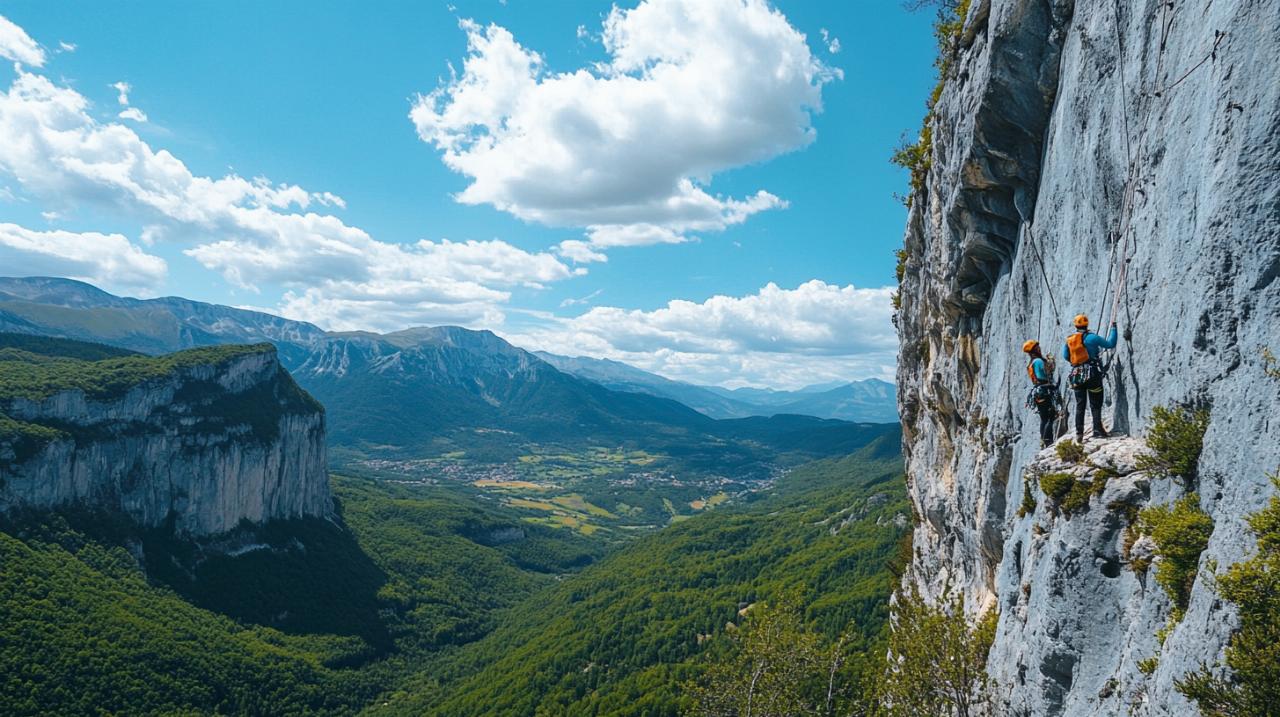
Emergency Signals and Communication Devices for Alpine Safety
The exposed nature of via ferrata climbing means communication tools aren't just convenient—they're potential lifesavers. A fully charged mobile phone stored in a waterproof case provides basic emergency contact capability, though reception can be patchy in mountain environments. Consider supplementing this with a dedicated emergency whistle, which can alert nearby climbers or rescue teams to your location if help is needed. More serious alpine adventurers might invest in a satellite communication device that works beyond mobile coverage areas. These allow for emergency messaging even in remote locations. Given that the Curalla via ferrata offers spectacular but isolated sections with views of Mont Blanc and surrounding peaks, having reliable communication options provides important peace of mind. Additionally, checking weather forecasts immediately before starting your climb helps avoid being caught in dangerous storms—a particularly important consideration given the exposed nature of the route and the presence of metal equipment that could attract lightning during thunderstorms.
Supplementary Equipment for an Enhanced Experience
While safety gear forms the foundation of your via ferrata kit, additional equipment can significantly enhance your Curalla adventure, allowing you to capture memories and maintain energy levels throughout the journey.
Photography gear for capturing mont blanc panoramas
The Curalla via ferrata offers truly spectacular viewpoints of the Mont Blanc massif, the plaine de Joux, and various alpine lakes—opportunities too magnificent to miss capturing. A compact, rugged camera that can be operated one-handed or a smartphone in a protective case allows you to document these breathtaking panoramas. Consider how you'll carry and access your photography equipment; chest harnesses or easily accessible pocket systems work better than having to remove your backpack each time you want to take a photo. Remember that the most stunning views often come at the most exposed sections of the route, so your camera system should allow quick operation while maintaining three points of contact with the rock or cables for safety. Some climbers opt for action cameras mounted to their helmets for hands-free recording of the entire adventure. Whatever system you choose, ensure it's secured against drops with lanyards or straps—not only to protect your equipment but also to prevent creating hazards for climbers below you. The changing light conditions in the mountains also present unique photographic challenges, so familiarize yourself with your camera's settings before the climb.
Hydration and Nutrition Supplies for the Multi-Hour Adventure
The physical demands of the Curalla via ferrata require thoughtful planning for hydration and nutrition. A minimum of one litre of water per person is essential, with more recommended during warmer weather. Consider using a hydration bladder with a drinking tube for easy access without stopping. Energy-dense, easily digestible snacks should be packed within reach—trail mix, energy bars, dried fruits, and compact sandwiches all work well. The route typically takes several hours to complete, with few opportunities to resupply, so carry more food than you think you'll need. A small first aid kit containing plasters, pain relief, and blister treatment should accompany your nutrition supplies. For longer days or uncertain weather, emergency items like a space blanket, headlamp, and extra energy gel provide important backup options. Your backpack choice matters significantly too—a slim, 20-25 litre mountaineering pack allows freedom of movement while providing sufficient space for essentials. Position heavier items close to your back for better balance when navigating the more technical sections of the route. Remember that the Refuge de Varan visible from parts of the route might not always be open, so self-sufficiency with supplies is crucial.
The Curalla via ferrata delivers an unforgettable alpine adventure with its combination of challenging climbing sections and magnificent Mont Blanc views. By ensuring you have the right climbing equipment—from the essential safety gear to thoughtful supplementary items—you'll be well-prepared to tackle this iron path with confidence, focusing on the experience rather than worrying about your kit. Whether you're an experienced via ferrata enthusiast or trying this unique mountain sport for the first time, proper preparation transforms a potentially daunting challenge into an accessible adventure in one of France's most spectacular alpine settings.

